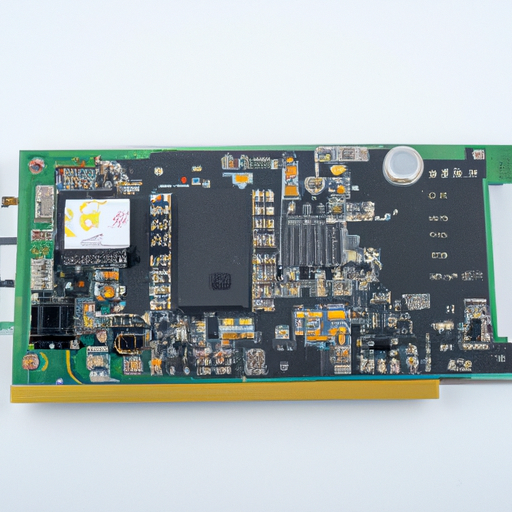Overview of IrDA Transceiver Modules
IrDA (Infrared Data Association) transceiver modules are essential components for enabling wireless communication through infrared light. They are widely used in various applications due to their simplicity, low power consumption, and effective short-range communication capabilities. Below, we delve into the core functional technology of IrDA transceiver modules and explore several application development cases that highlight their effectiveness.
Core Functional Technology of IrDA Transceiver Modules
| 1. Infrared Communication | |
| 2. Data Encoding | |
| 3. Protocols | |
| 4. Line-of-Sight Communication | |
| 5. Speed and Range | |
| 1. Wireless Data Transfer | |
| 2. Remote Controls | |
| 3. Point-of-Sale Systems | |
| 4. Industrial Automation | |
| 5. Medical Devices | |
| 6. Home Automation |
Application Development Cases
Conclusion
IrDA transceiver modules are versatile and effective components for enabling wireless communication across a range of applications. Their core technology, which includes infrared communication, data encoding, and protocol support, makes them suitable for various use cases, from consumer electronics to industrial automation and healthcare. When developing applications that utilize IrDA technology, it is crucial to consider factors such as line-of-sight requirements, data rates, and the specific protocols necessary for successful communication. As technology evolves, IrDA continues to play a significant role in facilitating short-range wireless communication.






